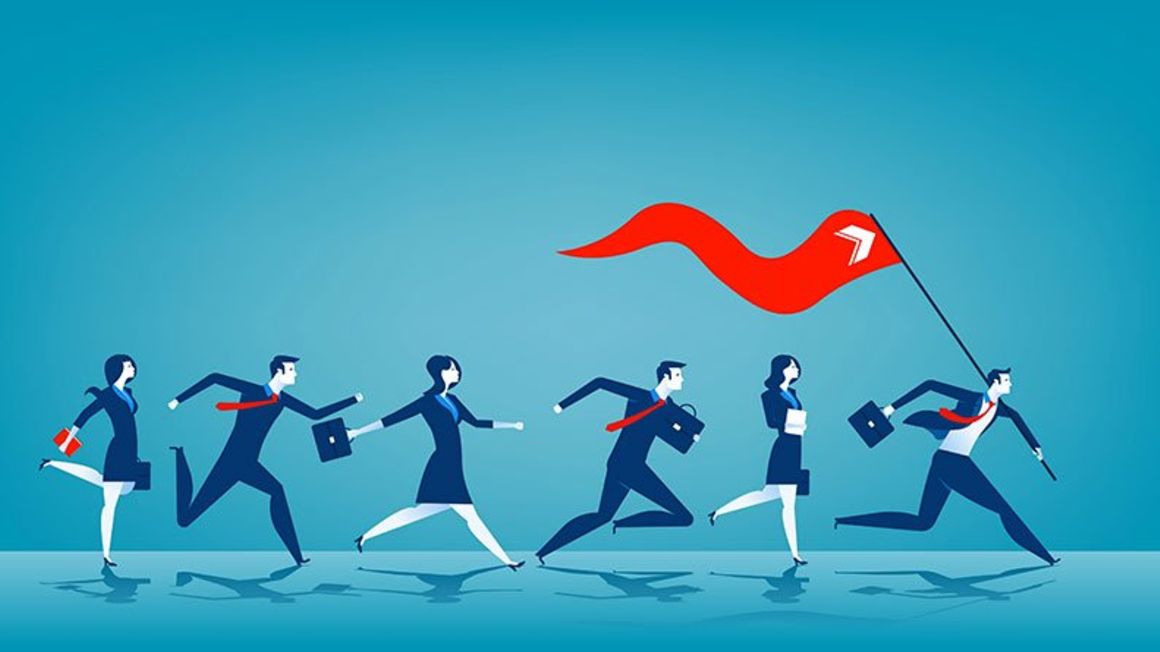
Pandemics are not new nor are the social and economic disruptions that ensue. Since the beginning of
Summary
- Leaders need to identify and implement a strategy to ensure that their business is as well-placed as possible to emerge from the crisis as a viable entity when full recovery gets underway.
- They must also focus on the morale of their workforce, tackling issues such as working from home, social distancing, mental health and job security, among others.
- Every well-run business has a crisis or continuity plan, and many will have a specific pandemic plan. But nothing tests theory quite like reality.
the 20th Century there have been four novel virus strains that have led to global pandemics – 1918 Spanish Flu, the 1957 Asian Flu, 1968 Hong Kong Flu, and the 2009 Swine Flu. The loss of life notwithstanding, each left in its wake social and economic turmoil lasting months if not years. What is alarming about Covid-19 pandemic is the intensity and severity of global reactions, which include government mandated wearing mask, social distancing measures and cancellations of events and public gatherings.
Currently, we are in a time of crisis. The Covid-19 pandemic – which of course is first and foremost a human tragedy – is battering sectors across the globe and businesses are depending on individuals who know how to transform uncertainty into tenacious thought, dejection into durability and, ultimately, stay strong during tough times.
For many, the global pandemic exposed weaknesses and rendered most traditional strengths irrelevant. Technology has been the common denominator for most organisations’ resilience amid the crisis. It has also helped drive significant cultural shifts – such as people working from home and connecting with colleagues via video-conferencing platforms and collaboration tools.
Leaders need to identify and implement a strategy to ensure that their business is as well-placed as possible to emerge from the crisis as a viable entity when full recovery gets underway. They must also focus on the morale of their workforce, tackling issues such as working from home, social distancing, mental health and job security, among others. Every well-run business has a crisis or continuity plan, and many will have a specific pandemic plan. But nothing tests theory quite like reality.
While economic loss is almost given for many organisations and businesses, the VUCA (volatility, uncertainty, complexity, and ambiguity) vortex created by Covid-19 means brand and corporate reputation are also at risk and particularly susceptible to viral misinformation. The trust in a brand and its values is earned over years and can be destroyed quickly in a VUCA environment as consumers seeking to make sense of the situation readily consume any information factual, speculative, or false that helps to demystify their confusion.
The crisis has had the effect of dramatically expanding the state in many markets as governments have implemented strict rules to save lives and unveiled massive stimulus packages to save jobs and businesses. These measures have come at a huge economic and social cost, which is why many governments will be focused on ensuring that their countries won’t have to shut down to the same extent should another pandemic strike in future. Following the financial crisis in 2007/2008, governments around the world introduced more new legislation to strengthen the global financial system. You need to think about how new regulation may impact your organisation’s business model and factor that into your strategy going forward.
Ultimately, it must be remembered that tough times do not last. One day Covid-19 pandemic will be a memory, albeit one with a significant level of tragedy attached. For the moment, leadership, and strategies leaders deploy, can help firms steady the ship, remain strong, and ensure they emerge stronger and more resilient at the other end of these most calamitous of times.
Lastly, you need to assess your organisation’s preparedness. Are you ready and able to accomplish the projects you’ve outlined, particularly if much of your organisation has shifted to remote work? We see big differences in preparedness at the individual, team, organisation, and national levels.

No comments:
Post a Comment